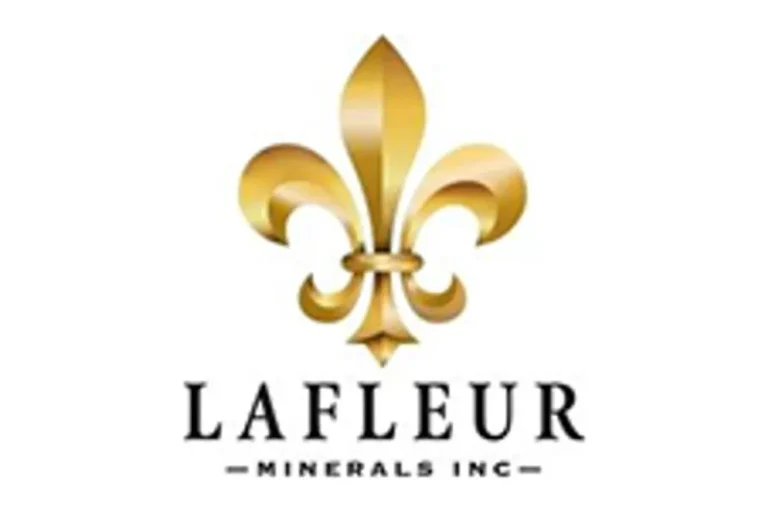Equity Metals Corporation (TSXV: EQTY,OTC:EQMEF) (FSE: EGSD) (OTCQB: EQMEF) (the ‘Company’) reported that it has closed its previously announced non-brokered flow-through private placement by issuing a total of 20,000,000 CharityPremium flow-through units (‘FT Units’) at $0.23 for gross proceeds of $4.6 million (the ‘Offering’). Each FT Unit consists of one flow-through common share and one-half of one non-flow-through share purchase warrant. Each whole warrant entitles the holder thereof to purchase one non-flow-through common share for a period of 3 years at a price of $0.40.
The proceeds received from the sale of the FT Units will be utilized for the continued exploration and resource expansion at the Silver Queen Au-Ag-Zn vein project and for surface work and drilling on the Au-Ag Arlington property.
The Company paid finders’ fees totalling $79,264 and issued an aggregate 495,400 non-transferable finder warrants in connection with the Offering. Each finder warrant is exercisable to purchase one common share for a period of 3 years at a price of $0.40. All securities issued and sold under the Offering are subject to a hold period expiring on April 18, 2026. The Offering and the payment of finders’ fees is subject to TSX Venture Exchange acceptance.
This news release does not constitute an offer to sell or a solicitation of an offer to buy any of the securities in the United States of America. The securities have not been and will not be registered under the United States Securities Act of 1933 (the ‘1933 Act’) or any state securities laws and may not be offered or sold within the United States or to U.S. Persons (as defined in the 1933 Act) unless registered under the 1933 Act and applicable state securities laws, or an exemption from such registration is available.
Arlington Property
The Company announces that it has completed the final option payment and has now earned a 100% interest in the Arlington property located within the Boundary District of south-central British Columbia. The vendor retained a 2% net smelter return royalty, 1% of which may be purchased by the Company at any time for $1,000,000.
About Silver Queen Project
The Silver Queen Project is a premier gold-silver property with over 100 years of historic exploration and development and is located adjacent to power, roads and rail with significant mining infrastructure that was developed under previous operators Bradina JV (Bralorne Mines) and Houston Metals Corp. (a Hunt Brothers company). The property contains an historic decline into the No. 3 Vein and the George Lake Vein, as well as camp infrastructure and a maintained Tailings Facility.
The Silver Queen Property consists of 45 mineral claims, 17 crown grants, and two surface crown grants totalling 18,852ha with no underlying royalties. Mineralization is hosted by a series of epithermal veins distributed over a 6 sq km area. An updated NI43-101 Mineral Resource Estimate with effective date December 1st, 2022 was detailed in a News Release issued on January 16, 2023, which can be found by clicking here and the full Technical Report can be found on SEDAR+ and the Company’s website.
More than 20 different veins have been identified on the property, forming an extensive network of zoned Cretaceous- to Tertiary-age epithermal veins. The property remains largely under explored.
About Equity Metals Corporation
Equity Metals Corporation is a Malaspina-Manex Group Company. The Company owns 100% interest, with no underlying royalty, in the Silver Queen project, located along the Skeena Arch in the Omineca Mining Division, British Columbia. The property hosts high-grade, precious- and base-metal veins related to a buried porphyry system, which has been only partially delineated. The Company also has a controlling JV interest (57.49%) in the Monument Diamond project, NWT, strategically located in the Lac De Gras district within 40 km of both the Ekati and Diavik diamond mines and a 100% interest in the Arlington Au-Ag-Cu property in Southern BC.
Robert Macdonald, MSc. P.Geo, is VP Exploration of Equity Metals Corporation and a Qualified Person as defined by National Instrument 43-101. He is responsible for the supervision of the exploration on the Silver Queen project and for the preparation of the technical information in this disclosure.
On behalf of the Board of Directors
‘Joseph Anthony Kizis, Jr.’
Joseph Anthony Kizis, Jr., P.Geo
President, Director, Equity Metals Corporation
For further information, visit the website at https://www.equitymetalscorporation.com; or contact us at 604.641.2759 or by email at corpdev@mnxltd.com.
Neither TSX Venture Exchange nor its Regulation Services Provider (as that term is defined in the policies of the TSX Venture Exchange) accepts responsibility for the adequacy or accuracy of this release.
This news release may contain forward-looking statements. Forward-looking statements address future events and conditions and therefore involve inherent risks and uncertainties. Actual results may differ materially from those currently anticipated in such statements. Forward-looking statements in this news release include TSX Venture Exchange approval of the Offering and the Company’s plans to advance the Silver Queen and Arlington projects. Factors that could cause actual results to differ materially from those in forward-looking statements include the timing and receipt of government and regulatory approvals, and continued availability of capital and financing and general economic, market or business conditions. Equity Metals Corporation does not assume any obligation to update or revise its forward-looking statements, whether as a result of new information, future events or otherwise, except to the extent required by applicable law.
This news release is not intended for distribution to United States newswire services or dissemination in the United States.
To view the source version of this press release, please visit https://www.newsfilecorp.com/release/278594
News Provided by Newsfile via QuoteMedia










